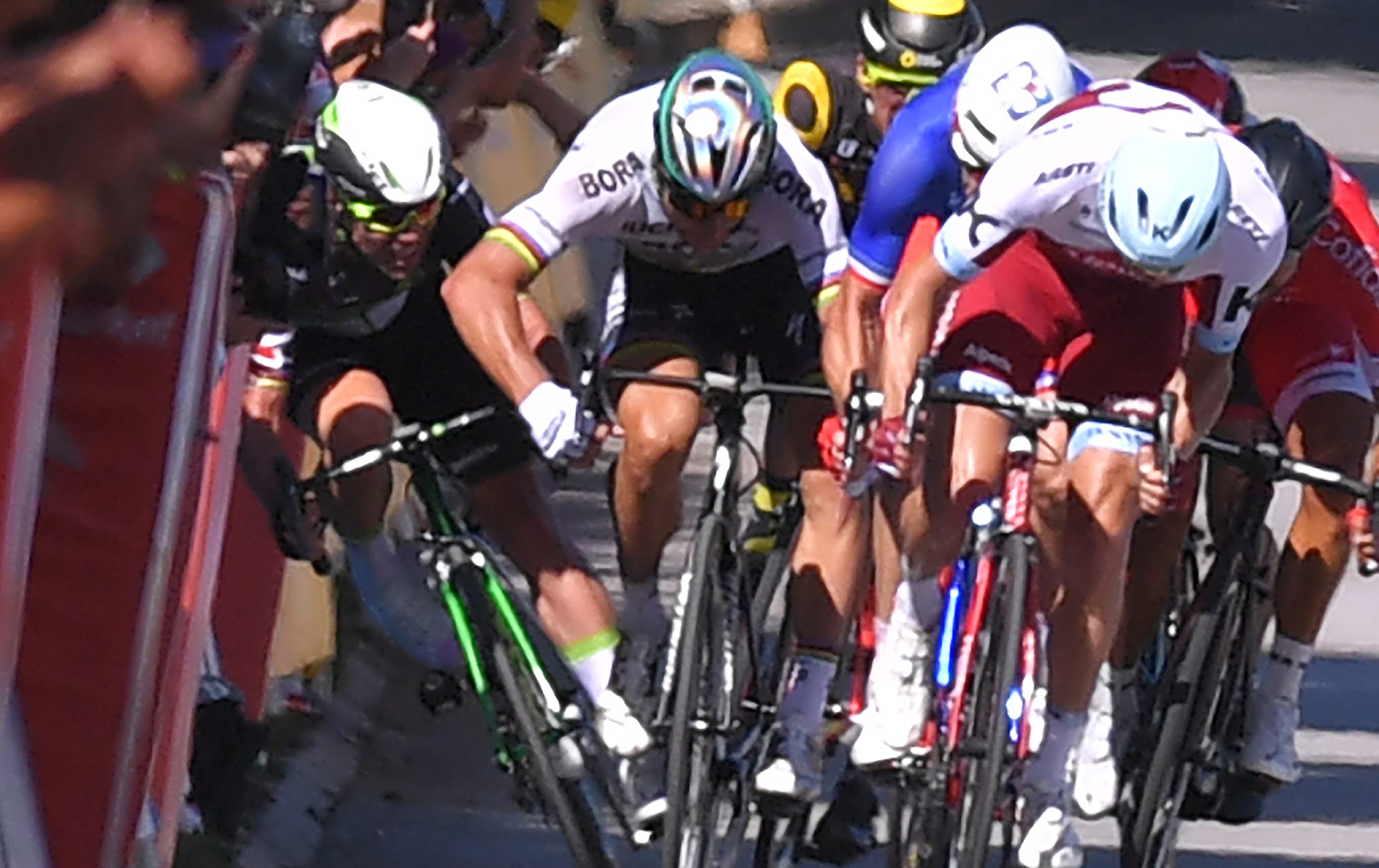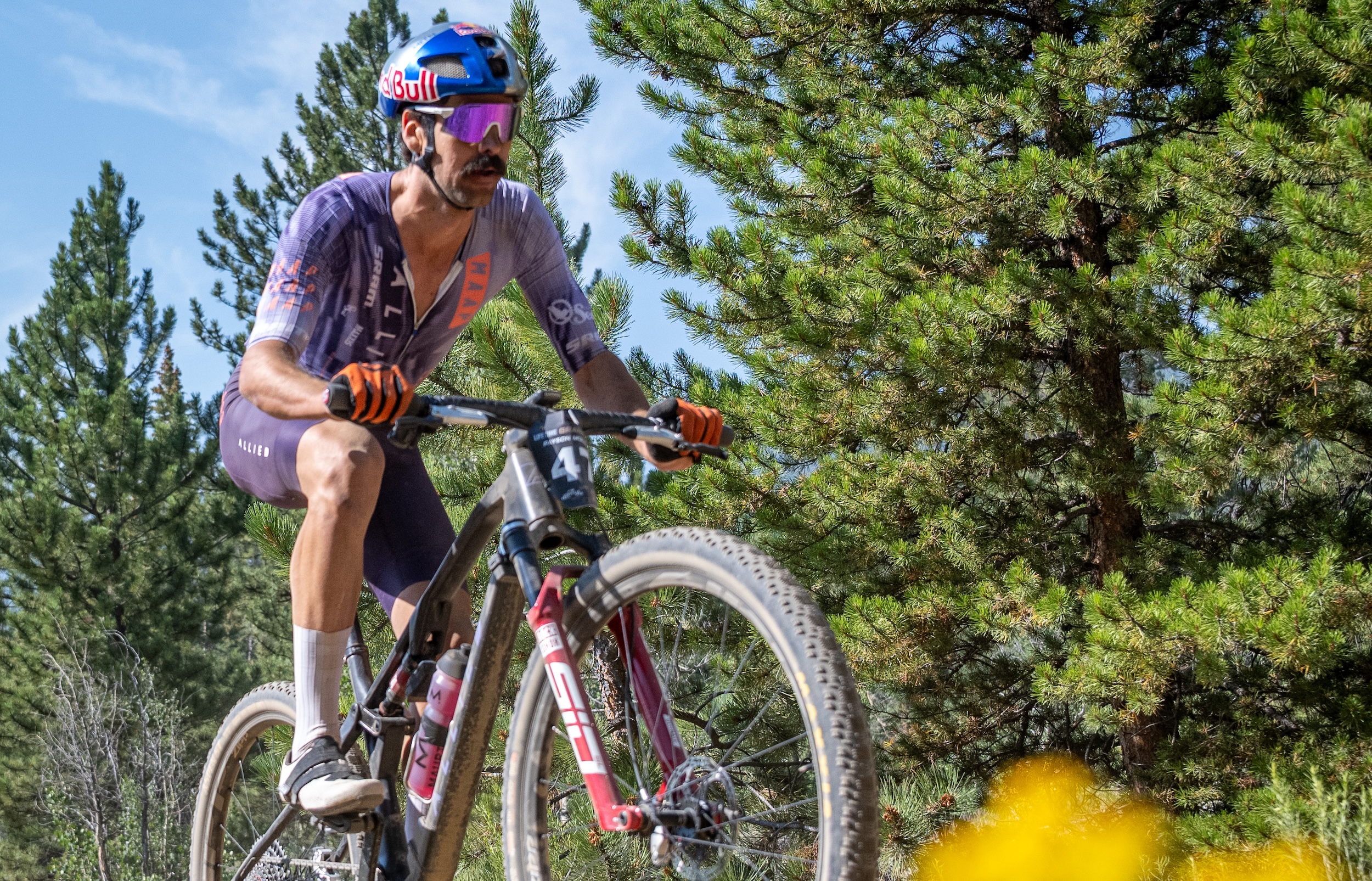Grand Tours, Worlds and Monuments to have a video referee in 2018
UCI to trial technology following Peter Sagan's Tour de France disqualification

The three Grand Tours, four of the five Monuments - excluding Il Lombardia - and the World Championships will all have video commissaires next year, according to a report in Het Nieuwsblad. The UCI will test the technology at the sport’s biggest races in 2018 and if it proves successful they will expand it to other races.
Four ‘video referees’ have been selected from cycling’s heartlands, France, Spain, Italy and Belgium, where it has been deemed that most races take place. Each race jury will be made up of four commissaires, three general jury members and one video commissaire. Unlike some other sports that use a video referee, the video commissaire will have equal billing when it comes to the decision making process.
"Contrary to the video referee in football, the [cycling] video referee will make real decisions. Where football is an advice, in cycling he will have an equally heavy voice in the final decision," Guy Dobbelaere, the jury member selected from Belgium, told Het Nieuwsblad. "The video referee will be in the mobile control room at the finish. There he can view all the different screens that the director has available. Indeed, a lot more is filmed during a bicycle race than is being broadcast.
"If he sees an irregularity, he requests all available images to make a judgment. Then he informs the chairman of the competition jury. If the error is serious, the chairman can proceed to exclusion immediately after joint consultation. This is possible, for example, for a rider who ignores a red light at a level crossing or for a rider - such as [Gianni] Moscon at the World Championships in Bergen - who clung onto a car."
While video commissaires have been suggested before, the idea gained real momentum this summer after Peter Sagan was disqualified from the Tour de France. Sagan was thrown out following stage 4 after it was deemed that he had endangered several riders when he and Mark Cavendish went up near the barriers in the sprint finish in Vittel. Sagan was initially given a points penalty in the points classification but the jury later disqualified him following the review of video footage.
Sagan and his team took the decision to the Court of Arbitration for Sport. They denied his application to be returned to the Tour de France, but the case continued. It was eventually dropped earlier this month, with the UCI calling the crash an "unfortunate and unintentional race incident".
Dobbelaere explained that the UCI is now discussing putting more cameras in the finales with broadcasters in order to give the maximum number of angles to the jury.
The latest race content, interviews, features, reviews and expert buying guides, direct to your inbox!
"In the sprint incident between Sagan and Cavendish in the Tour, the images of what and how were not immediately clear," explained Dobbelaere.
"Football has a fixed playing field, where the production company puts as many cameras as they want. This is not possible on a course, and the number of TV motos should certainly not be increased. The International Cycling Union is now investigating with the television channels whether it is possible to place more cameras in the arrival zone so that a sprint can be viewed from different angles."

